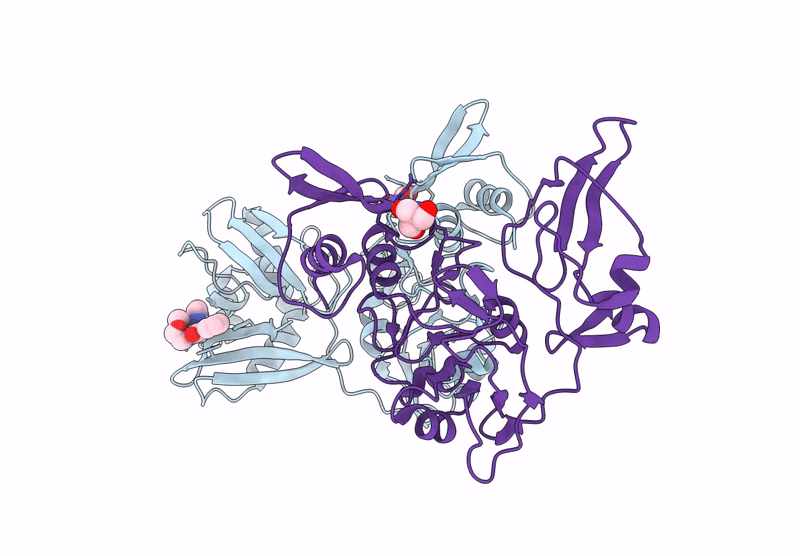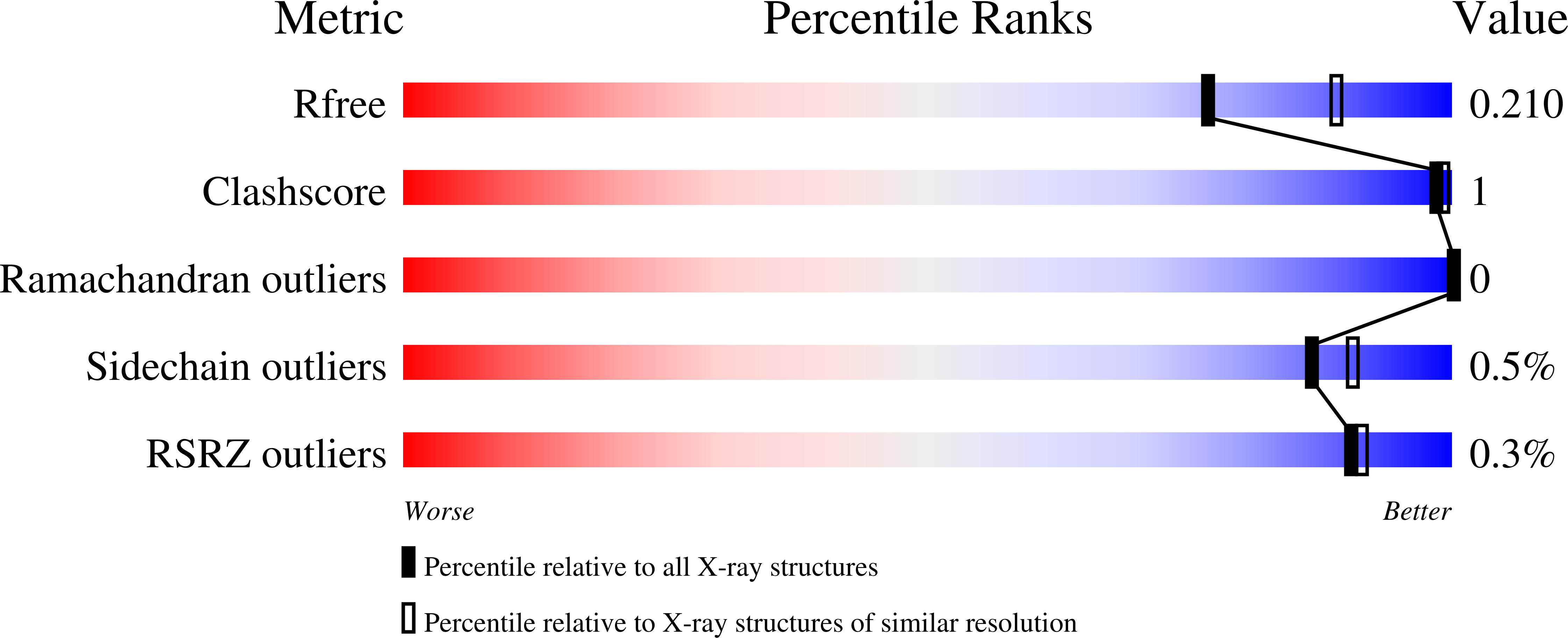
Deposition Date
2024-11-21
Release Date
2025-05-28
Last Version Date
2025-05-28
Entry Detail
PDB ID:
9HH5
Keywords:
Title:
Crystal Structure of nsp15 Endoribonuclease from SARS CoV-2 in Complex with Sepantronium (YM-155)
Biological Source:
Source Organism:
Host Organism:
Method Details:
Experimental Method:
Resolution:
2.08 Å
R-Value Free:
0.20
R-Value Work:
0.19
R-Value Observed:
0.19
Space Group:
P 63


